This article was co-authored by Claudia Carberry, RD, MS. Claudia Carberry is a Registered Dietitian specializing in kidney transplants and counseling patients for weight loss at the University of Arkansas for Medical Sciences. She is a member of the Arkansas Academy of Nutrition and Dietetics. Claudia received her MS in Nutrition from the University of Tennessee Knoxville in 2010.
There are 11 references cited in this article, which can be found at the bottom of the page.
wikiHow marks an article as reader-approved once it receives enough positive feedback. This article received 19 testimonials and 93% of readers who voted found it helpful, earning it our reader-approved status.
This article has been viewed 1,181,954 times.
Muscle cramping, especially if it occurs in the thigh muscles, can be an excruciating condition. Uncomfortable and involuntary muscle contractions are not only painful, but can also disrupt daily activities such as sleep. Muscle cramps are usually not a serious medical condition and can generally be treated with home remedies such as stretching, massage, diet, and exercise.
Steps
Stretching Out Thigh Cramps
-
1Figure out which muscle of your thigh is cramping. Before you can treat a thigh cramp with stretching, it’s important to identify which muscle on your thigh is cramping. The thigh has different muscles that can cramp. Identifying which of the major thigh muscles is cramping will help you stretch most effectively. This should typically be done by a healthcare professional, specifically a doctor, physical therapist or personal trainer.
- The hamstring runs along the back of the thigh and affects hip and knee movement. The top of the hamstring connects under the gluteus maximus behind the hipbone and ends at the knee.[1]
- The quadriceps (often called “the quads”) runs along the front of the thigh and is the major extensor of the knee. The quadriceps is the strongest and leanest muscle of the body.[2]
-
2Stretch out your hamstring. If you have a cramp on the back of your thigh, stretch out your hamstring. There are different ways to stretch the hamstring that may help alleviate the cramp.
- Using a towel or belt, lay flat on the ground and raise the affected leg. Wrap the belt or towel around the ball of your foot, grab the ends of the towel or belt, and gently pull your leg back. You can use one hand to massage the hamstring as you pull back your leg or wait until you’re finished stretching.[3]
- If you cannot lay down, you can do this same stretch with a belt or towel while seated. Sitting with your legs outstretched and simply bending forward will have the same effect.
- Don't strain against the tension of a tight, cramped muscle. Instead, pull very gently. Only increase the stretch as the tension in your leg releases.
- Consider walking around in between stretching to help relax your hamstring.
Advertisement -
3Stretch out your quads. If you have a cramp on the front of your thigh, stretch out your quad. There is one very effective stretch for the quad that may help alleviate the cramp.
- To stretch a cramping quad, stand up and bend the affected leg up towards your gluteus maximus (butt). If you can, grab your foot and pull it towards your butt for a deeper stretch.
- Make sure to keep your knee in line with your thigh so that you do not injure the muscles and tendons of your knee.
- You can use one hand to massage the hamstring as you pull your leg toward your butt or wait until you’re finished stretching.
- Don't strain against the tension of a tight, cramped muscle. Instead, pull very gently. Only increase the stretch as the tension in your leg releases.
- Walk around in between stretching to help relax your quad.
-
4Do some gentle exercises. Gentle exercises can help stretch out a cramping thigh muscle. General movement will naturally stretch the muscles and also help relax you, but you can also consider other exercises such as yoga.
- Only exercise if you are able to and don’t push yourself. This may only be possible after some light stretching.
- Gentle walking is the best exercise to help stretch out your thigh muscles. Take long strides to make sure that you’re using the entire muscle.[4]
- Try doing gentle yoga, which will also help stretch out the muscle. Restorative and yin yoga are specifically practiced to help stretch out and repair muscles.[5]
Using Other Home Remedies
-
1Massage your thigh or get a professional massage. Massage is one of the most effective ways to get rid of a cramp because it increases circulation to the tissues of the muscle. Combined with stretching, massage can quickly alleviate the pain of a muscle cramp while simultaneously relaxing you.[6]
- Massage your thigh where the muscle is cramping. Press the area gently with your hands and apply more pressure if it doesn’t hurt.
- A foam roller is another effective way to massage your thighs. These circular pieces of foam allow you to roll out the affected muscle by applying pressure.
- You can also get a professional massage to help with thigh cramps. Professional massage is so important as these professionals understand which muscles are affected, but also which muscle are going to have secondary inflammation due to the first injury or cramp. Swedish, neuromuscular, and myofascial release are the most effective types of massage for cramps. Tell the masseuse that you are having problems with cramps so they don’t over-manipulate your muscles.[7]
-
2Use heat to relax your muscles and take the edge off of the pain. Using heat on a muscle cramp can be an extremely effective way to relax the muscle contraction and alleviate pain. It may also help you relax, which will minimize tight muscles. From heating pads to warm baths, there are many different types of heat treatments to help get rid of thigh cramps.[8]
- Taking a warm shower or bath will relax you and help with the pain of a muscle cramp. The heat from the water will also help promote blood flow to the submerged area.[9]
- Using Epsom salts in a warm bath may also help relieve cramps.
- Fill hot water bottle or get a heating pad and place it on the area of your thigh that it cramping.
- Over the counter heat rubs may also help alleviate muscle cramps and relax the affected area.
-
3Watch your diet. There are some studies have shown that low levels of nutrients such as potassium and calcium may stimulate muscle cramps. Be sure to eat enough of these nutrients in your diet, which may minimize how often you experience muscle cramps.[10]
- Try bananas and oranges to get potassium.[11]
- Eat brown rice, almonds, and avocados for magnesium.[12]
- Calcium is found in yogurt, milk and other dairy products, as well as in vegetables such as spinach.[13]
- Muscle cramps can be a sign of mineral deficiency. A multi-mineral supplement can be highly beneficial.
-
4Hydrate. There are no definitive studies connecting dehydration and leg cramps, but there is some evidence that not drinking sufficient water may contribute to cramping thigh muscles. Making sure that you drink enough water over the course of the day may help you avoid leg cramps.[14]
- Drinking water is enough to keep you hydrated. You may prefer something with flavor, so try sports drinks or juices in conjunction with water throughout the day.
-
5Sleep on your side and don’t use constrictive bedding. Having a tightly made bed and sleeping in certain positions, such as on your stomach, can exacerbate the tendency for muscle cramps. By loosening your covers and sleeping on your side, you may avoid thigh cramps.
- A flat sheet can constrict the ability of your feet and legs to move, so you might want to remove it from your bed.[15]
- Sleep on one of your sides with your knees slightly bent for optimal conditions to help minimize thigh cramps.[16]
- Sleeping in positions where your toes are pointing downward may exacerbate cramps.[17]
-
6Consider pain relievers or muscle relaxants. If other methods don’t help your thigh cramp or you have pain that won’t go away, try an over the counter pain reliever or prescription muscle relaxant. If you have protracted pain or cramping, though, consult your doctor to rule out an underlying medical condition.
- Take an NSAID (Non-Steroidal Anti-Inflammatory Drugs) to reduce any inflammation that may be in the muscle.
- Talk to your doctor about taking muscle relaxants such as Flexeril (cyclobenzaprine) to help relieve muscle tightness and cramping.[18]
-
7Do not take quinine. Some alternative medicine sources suggest taking quinine for muscle cramps. This treatment is dangerous and can cause serious health conditions including cardiac arrhythmia, nausea, headaches, and tinnitus, so avoid it if you can.[19]
Understanding the Causes of Thigh Cramps
-
1Figure out the cause of thigh cramps. There are many different causes of thigh cramps, including poor blood circulation and muscle fatigue. Figuring out the cause of your cramp may help you treat it quickly.
- Poor blood circulation in the legs, overexertion of muscles, insufficient stretching before or after exercise, muscle fatigue, dehydration, a magnesium or potassium deficiency, or a pinched nerve can cause thigh cramps.
- You can treat most thigh cramps with home remedies. For some people, thigh cramps are due to mineral deficiency. Taking a high-quality mineral supplement could be beneficial.
-
2Learn what medical conditions can cause thigh cramps. Not all thigh cramps are attributable to simple factors such as over exercise or sitting improperly. Certain medical conditions such as Parkinson’s disease or diabetes can make you more likely to get muscle cramps. If home remedies do not alleviate your thigh cramps, see your doctor to make sure you don’t have an underlying condition.
- Pregnancy can cause thigh cramping.[20]
- Alcoholism may make your thigh muscles spasm.[21]
- Dehydration can cause thigh cramping.[22]
- Parkinson’s disease could also cause thigh cramps.[23]
- Endocrine disorders such as diabetes and hypothyroidism can cause thigh cramps.[24]
- Neuromuscular disorders such as neuropathy might make your thigh muscles cramp.[25]
-
3Be aware of medications that can cause thigh cramps. Just as certain medical conditions can cause thigh cramps, some medications will make you more prone to these muscle spasms. Knowing what medications can cause cramps can help you or your doctor identify their cause and decide upon the best treatment options.
- Diuretics such as Lasix can make you more prone to thigh cramping.[26]
- Aricept for Alzheimer’s disease may cause thigh cramps.[27]
- Procardia for angina and high blood pressure can cause your thigh muscles to cramp.[28]
- Proventil or Ventolin for asthma can make you more susceptible to thigh cramps.[29]
- Tasmar for Parkinson’s disease could cause thigh cramps.[30]
- Statin medications for cholesterol such as Crestor and Lipitor may cause thigh cramping.[31]
References
- ↑ http://www.healthline.com/human-body-maps/leg-muscles
- ↑ http://www.healthline.com/human-body-maps/leg-muscles
- ↑ http://www.webmd.com/pain-management/muscle-spasms-cramps-charley-horse
- ↑ http://stretchcoach.com/articles/stretching-routine-for-walking/
- ↑ http://www.yinyoga.com/newsletter13_restorativeyin.php
- ↑ http://www.integrativehealthcare.org/mt/archives/2006/09/massage_solutio.html
- ↑ http://www.integrativehealthcare.org/mt/archives/2006/09/massage_solutio.html
- ↑ http://www.webmd.com/pain-management/muscle-spasms-cramps-charley-horse
- ↑ http://www.webmd.com/pain-management/muscle-spasms-cramps-charley-horse
- ↑ http://www.aarp.org/health/conditions-treatments/info-02-2012/charley-horse-leg-cramps-relief-tips.2.html
- ↑ http://www.aarp.org/health/conditions-treatments/info-02-2012/charley-horse-leg-cramps-relief-tips.2.html
- ↑ http://www.aarp.org/health/conditions-treatments/info-02-2012/charley-horse-leg-cramps-relief-tips.2.html
- ↑ http://www.aarp.org/health/conditions-treatments/info-02-2012/charley-horse-leg-cramps-relief-tips.2.html
- ↑ http://www.aarp.org/health/conditions-treatments/info-02-2012/charley-horse-leg-cramps-relief-tips.2.html
- ↑ http://www.aarp.org/health/conditions-treatments/info-02-2012/charley-horse-leg-cramps-relief-tips.2.html
- ↑ http://www.aarp.org/health/conditions-treatments/info-02-2012/charley-horse-leg-cramps-relief-tips.2.html
- ↑ http://www.medicalnewstoday.com/articles/180160.php
- ↑ http://www.mayoclinic.org/drugs-supplements/cyclobenzaprine-oral-route/description/drg-20063236
- ↑ http://my.clevelandclinic.org/health/diseases_conditions/hic_Nocturnal_Leg_Cramps
- ↑ http://my.clevelandclinic.org/health/diseases_conditions/hic_Nocturnal_Leg_Cramps
- ↑ http://my.clevelandclinic.org/health/diseases_conditions/hic_Nocturnal_Leg_Cramps
- ↑ http://my.clevelandclinic.org/health/diseases_conditions/hic_Nocturnal_Leg_Cramps
- ↑ http://my.clevelandclinic.org/health/diseases_conditions/hic_Nocturnal_Leg_Cramps
- ↑ http://my.clevelandclinic.org/health/diseases_conditions/hic_Nocturnal_Leg_Cramps
- ↑ http://my.clevelandclinic.org/health/diseases_conditions/hic_Nocturnal_Leg_Cramps
- ↑ http://www.webmd.com/pain-management/muscle-spasms-cramps-charley-horse
- ↑ http://www.webmd.com/pain-management/muscle-spasms-cramps-charley-horse
- ↑ http://www.webmd.com/pain-management/muscle-spasms-cramps-charley-horse
- ↑ http://www.webmd.com/pain-management/muscle-spasms-cramps-charley-horse
- ↑ http://www.webmd.com/pain-management/muscle-spasms-cramps-charley-horse
- ↑ http://www.webmd.com/pain-management/muscle-spasms-cramps-charley-horse
About This Article
To get rid of a thigh cramp, stretch your hamstring by lying flat on the ground and lifting the leg that’s cramping. Then, wrap a towel around the ball of your foot and gently pull on the ends of the fabric to stretch your leg back. If the cramp is on the front of your thigh, stand up and stretch the muscle by grabbing your foot and pulling it back towards your behind. Walk around between stretches to relax the muscle. If you get thigh cramps often, try to drink more water and get plenty of potassium in your diet to avoid them in the future. If you want to learn more from our Dietitian co-author, such as what medical conditions can cause thigh cramps, keep reading the article!
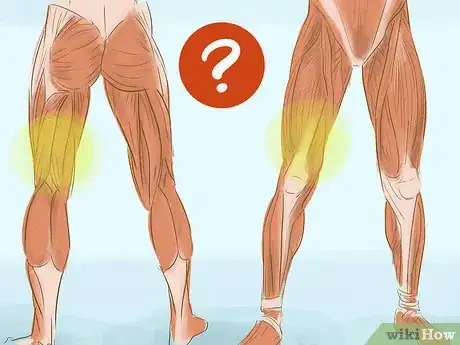
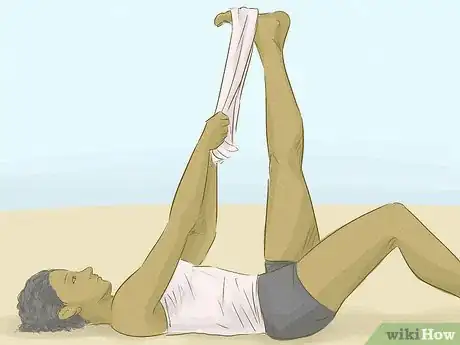
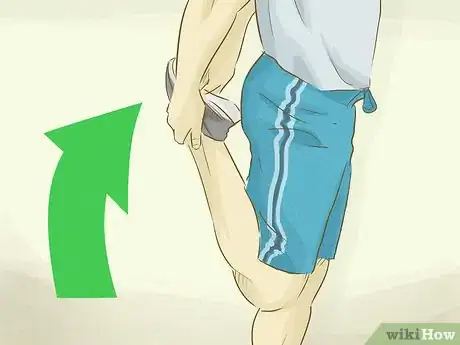
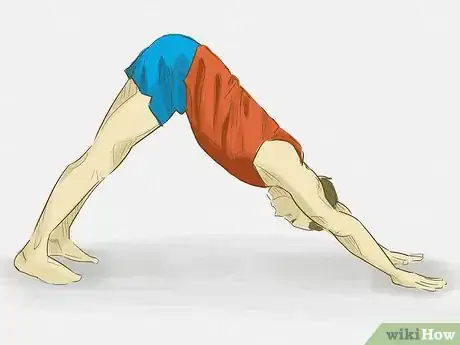
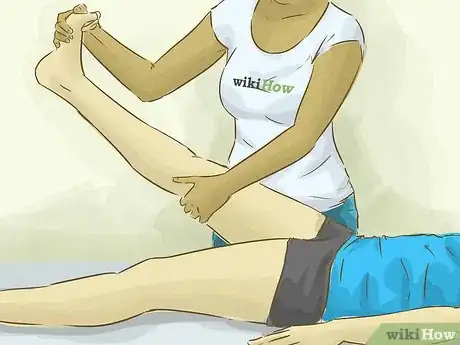
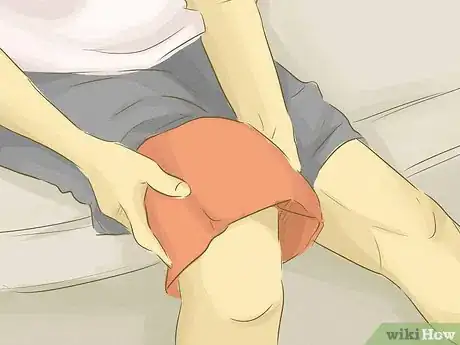
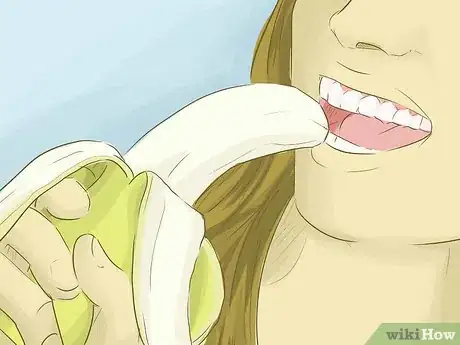
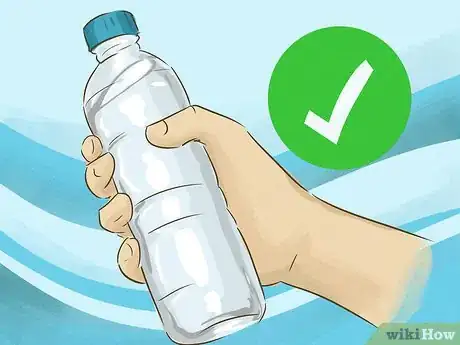
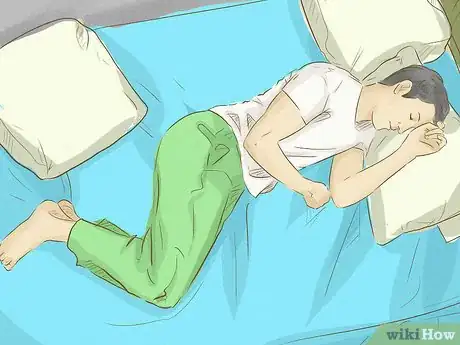
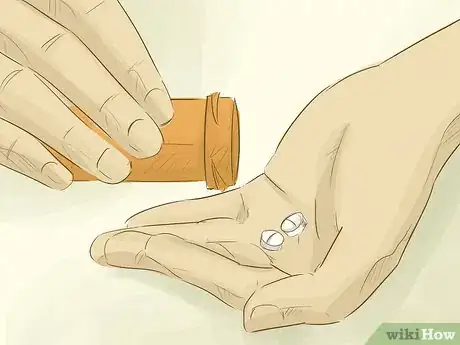
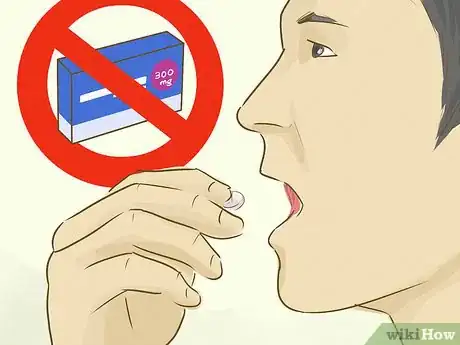
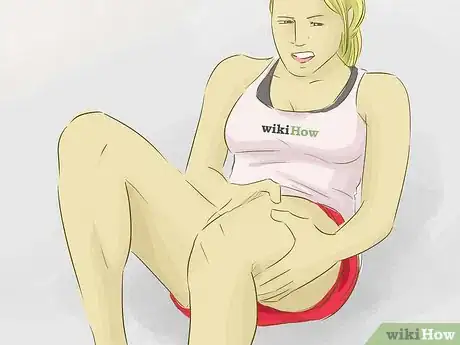
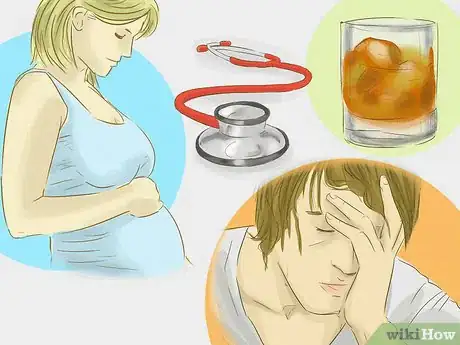
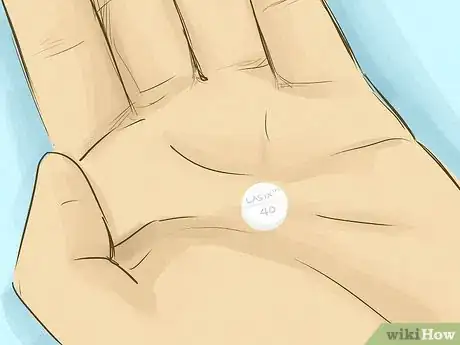
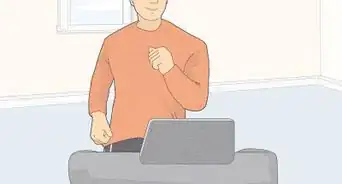
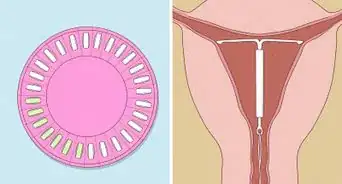
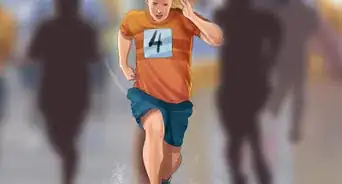
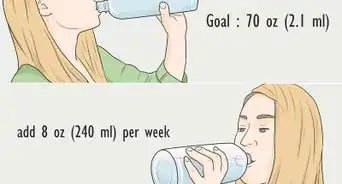
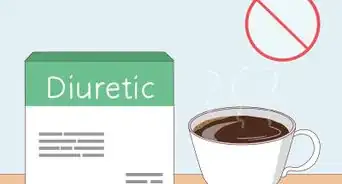
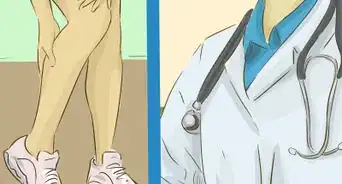
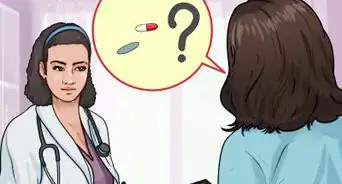
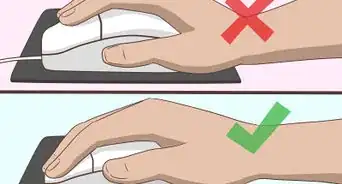
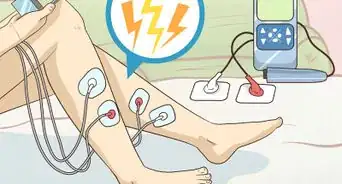
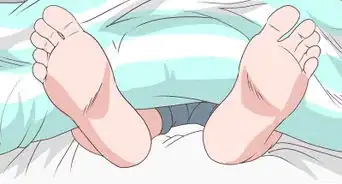
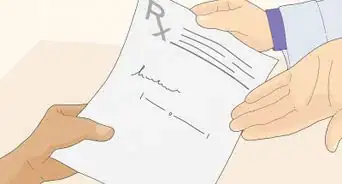











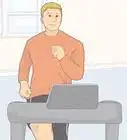
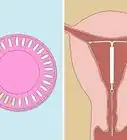

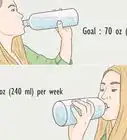



































Medical Disclaimer
The content of this article is not intended to be a substitute for professional medical advice, examination, diagnosis, or treatment. You should always contact your doctor or other qualified healthcare professional before starting, changing, or stopping any kind of health treatment.
Read More...